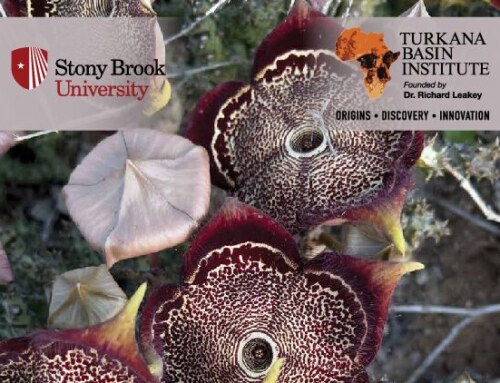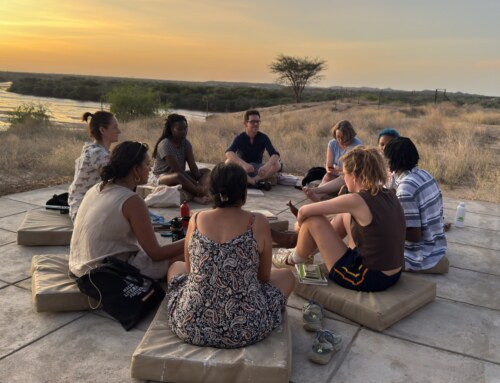Jambo!
Welcome to the TBI Origins Field School blog for Fall 2022!
My name is Medina Lubisia, the Resident Academic Director for the Fall Field School. I will be accompanying students throughout the field school as they undertake five modules that will be credited for their Fall semester.
The students arrived safely in Nairobi and spent the first two nights at the Wildebeest Eco Camp. While in Nairobi, they had the opportunity to visit the David Sheldrick elephant orphanage, where they interacted with the calves. These orphaned-elephants were rescued from different regions in the country due to various causes including human-wildlife conflict, drought and starvation, etc. The students also had a chance to meet Dr. Dino J. Martins, who is the Chief Executive Officer of TBI, and afterwards visited the TBI main office in Karen. We then proceeded to the Giraffe center, which is home to the Rothschild giraffes. This nature sanctuary is renowned for its contribution in conservation biology for the endangered Rothschild giraffes. The two trips served as introductory lessons to understanding the dynamics surrounding human-wildlife interactions in the country, and how they affect policy making and natural resource management.
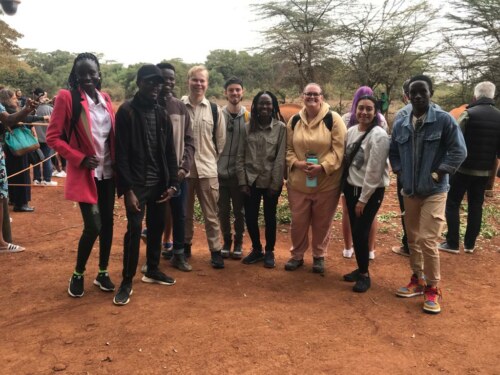
From left: Patricia, Tom, Steve, Onni, Ian, Medina, Amelia, Flor, Paul.
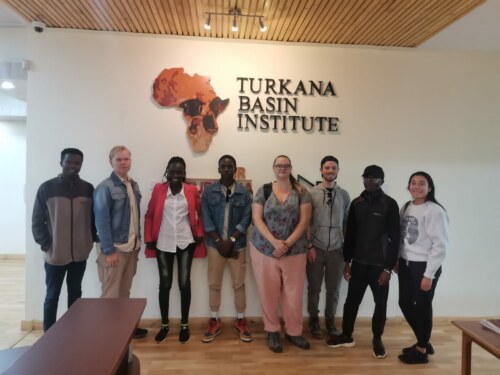
The students at the TBI office in Nairobi.
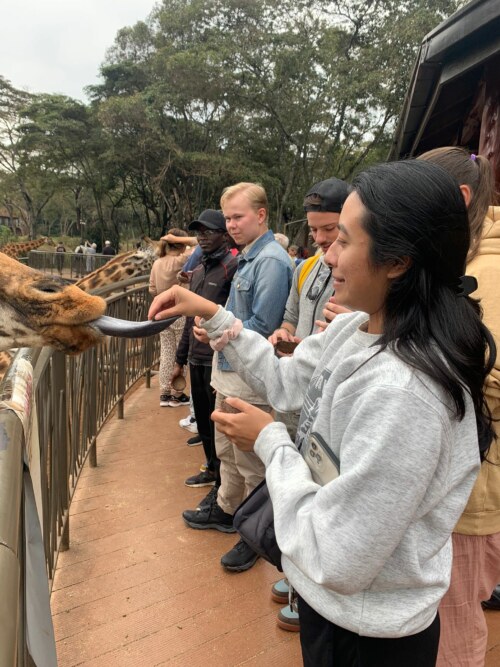
Flor feeding a giraffe at the sanctuary.
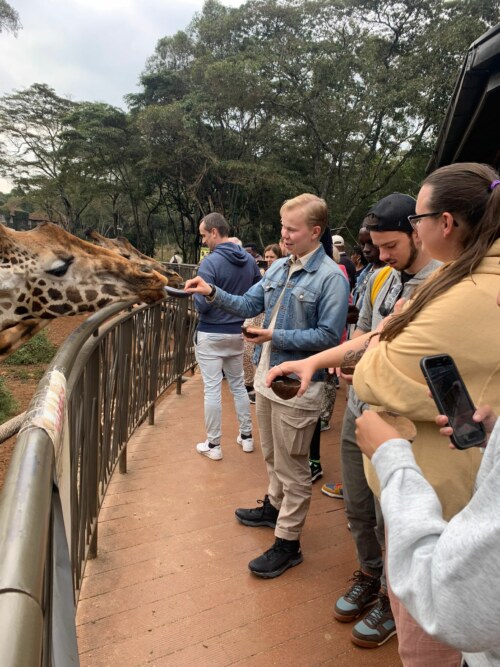
Onni feeding a giraffe.
On Saturday, we traveled to Mpala Research Center (MRC) in Nanyuki where the students are currently learning about the complex interactions between animals and their environments, as well as the different evolutionary paths that have shaped their adaptations. Learning about the ecosystem here at Mpala serves as a proxy to understanding past environments.
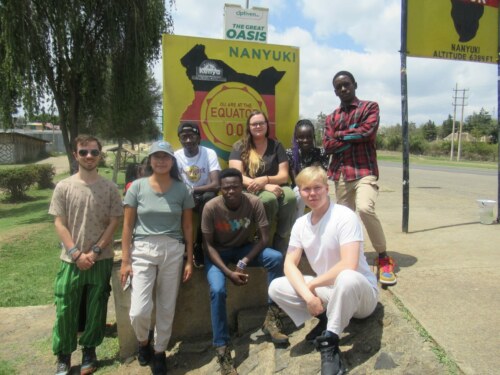
Crossing the equator near Nanyuki, into adventures in the northern hemisphere!
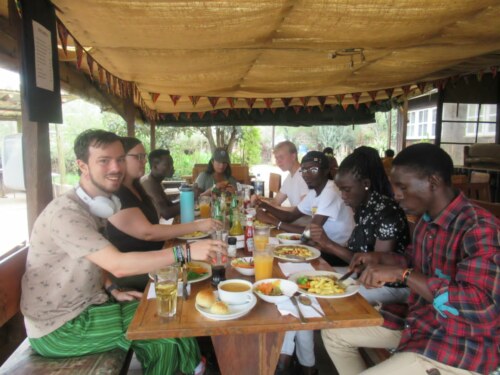
Lunch at Chestnut Restaurant in Nanyuki before heading to Mpala.
The Ecology module was off to a great start on Monday with an introduction to the East African Savanna by Dr. Dino J. Martins, who is the lead instructor for this course. We hiked Mukenya hill early in the morning, and the students had a great time looking at the diverse wildlife and vegetation that this landscape supports. Students were involved in discussions on the different evolutionary paths that have shaped unique adaptations in herbivores. Today, elephants and hippos in East African savanna play integral roles as ecosystem engineers in maintaining the ecology by controlling the tree canopy and creating grazing lawns, respectively. Hippos also maintain a balance in the aquatic environments by wallowing, creating paths and providing food for aquatic life. In addition, the Laikipia ecosystem is part of a large conservation scheme being home to the reticulated giraffes, which are native to northern Kenya.
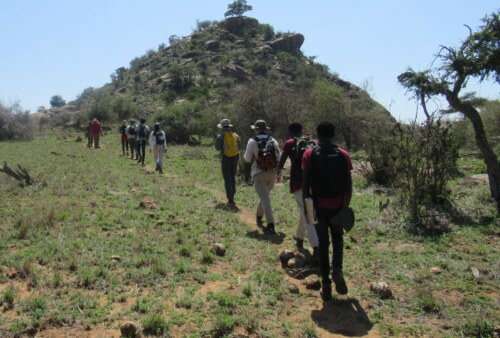
The students hiking to Mukenya hill.
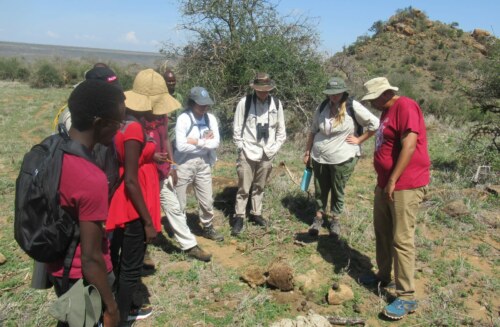
Dr. Martins teaching the students about elephants, over some elephant dung!
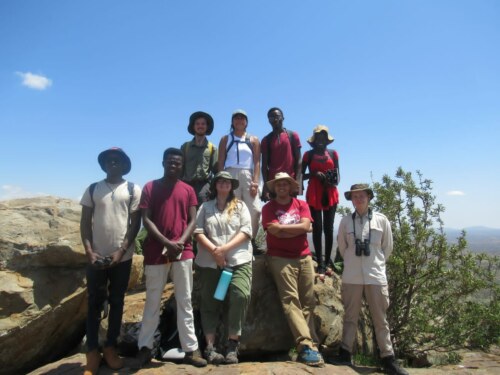
A group photo relaxing at the top of Mukenya after a successful hike!
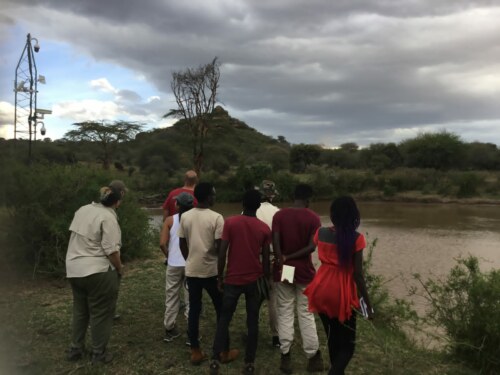
The students at the hippo pool!
On Tuesday morning, students visited the black cotton soils with Dr. Martins introducing the students to data collection methods by observing ant-plant interactions. Thereafter, we headed to one of the dams in Mpala where they enjoyed wonderful views of elephants’ matriarchal social structure and feeding behaviors.
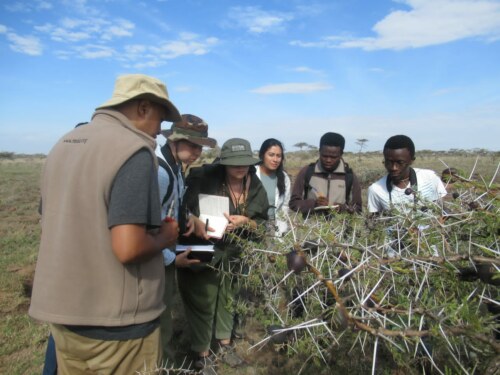
Students looking keenly at the ant species on the Acacia drepanolobium.
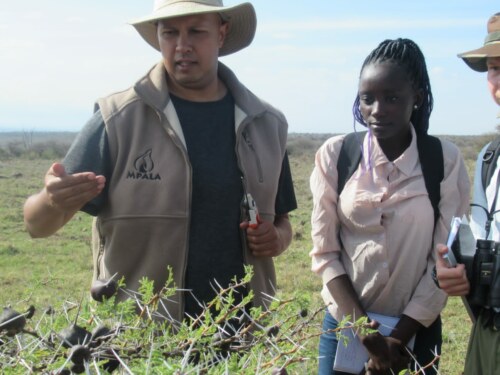
Dr. Martins explaining the ant-plant mutualism to the students.
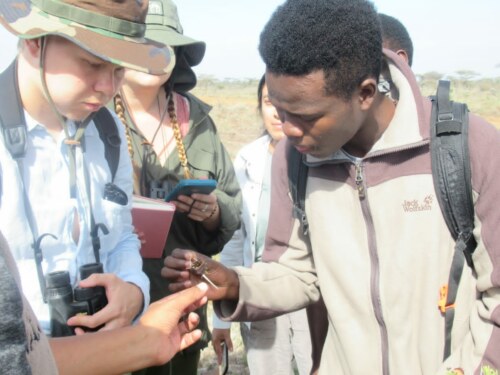
Onni and Steve having a closer look at the domatia.
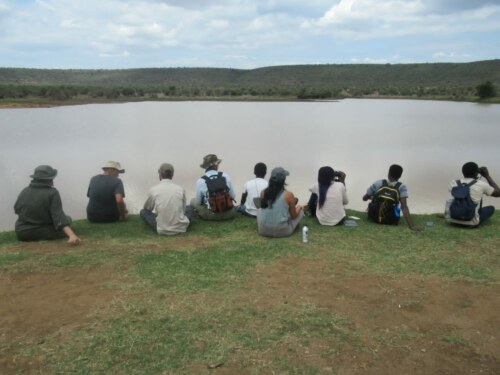
Waiting patiently for some elephants….
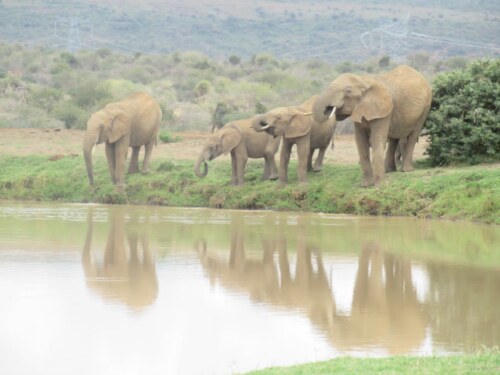
….rewarded with a lovely siting of elephants drinking water from the dam.
The afternoon was spent in class with Dr. Martins guiding the students through research paper writing, and later on an evening game drive.
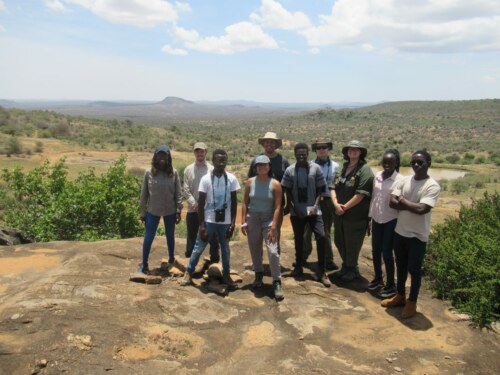
A group photo at Bakuli.
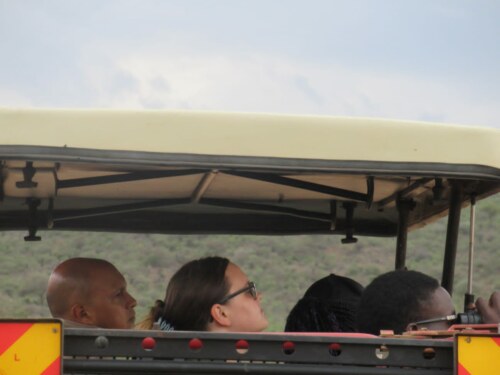
On a game drive with Dr. Martins.
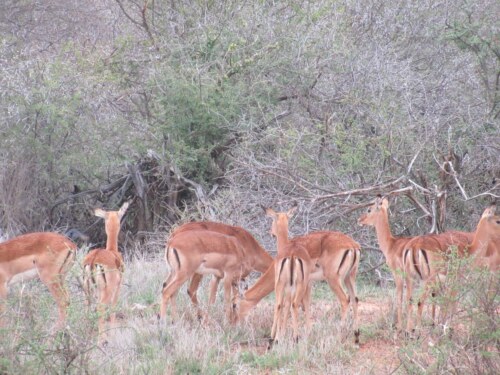
A herd of impalas.
Stay tuned for more updates and to meet the students!!


